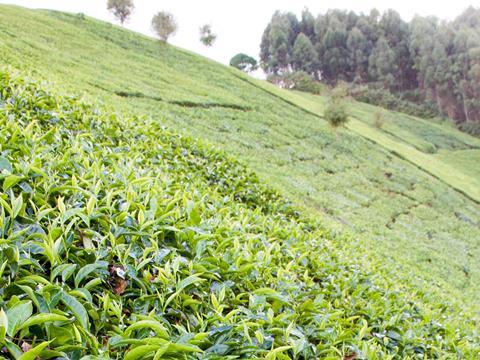
Tea suppliers should face lower costs this year after production of Kenyan tea rose by 15% during the first half of 2018, on the back of ideal growing conditions.
Britain imports the majority of its tea from Kenya. Over the past five years, it has accounted for 11% of Kenya’s total tea exports per annum.
Production grew to 231 million kg in the first six months of 2018, with growers benefiting from an early onset of rain.
This offset any adverse effect from drier and warmer than average temperatures at the start of the year, and led to a 20% decrease in the average price for higher-quality Kenyan teas during the first six months of 2018, pushing prices to a two-year low of $2.85/kg. Prices for the medium to plainer quality teas have also declined throughout this year, down 20% on the same period last year in September, at $2.07/kg.
And despite a 15% price rally for the higher-quality crops from June to September due to the end of the second flush and the start of the cold season, prices currently remain down 19% year on year.
The final flush, which produces lower volume and quality than the first and second flush, is due in October. However, the outlook for quantity and quality this year is positive on the back of forecasts for ideal conditions.
This means any rally in prices is unlikely to strengthen and may not be sustainable, with additional supply adding further downward pressure to the medium and plainer teas.
However, lower tea prices point to lower earnings for Kenyan farmers, with some threatening to stop work after Kenya’s revenue authority launched a 16% VAT on petroleum products at the start of September. Low prices have prompted some growers to look to diversify.
Avneet Deol







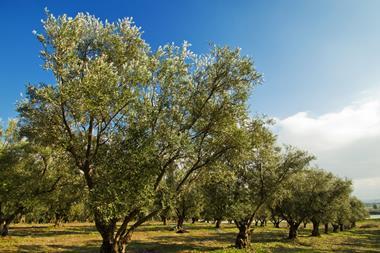


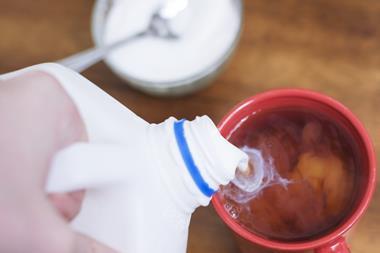
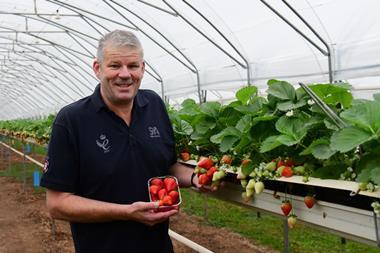
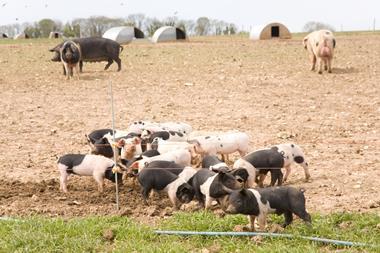






No comments yet